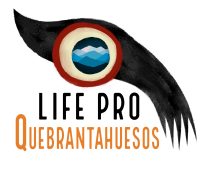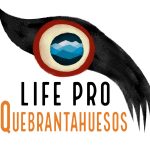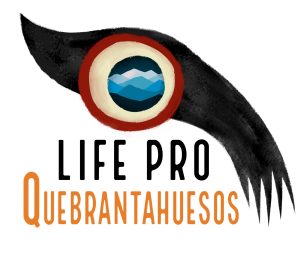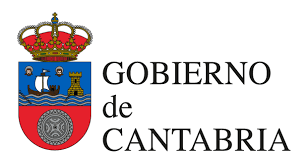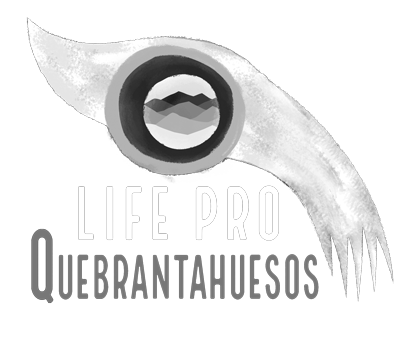Historic milestone in Moncayo: a bearded vulture is born, marking the return of this emblematic bird to the Iberian System
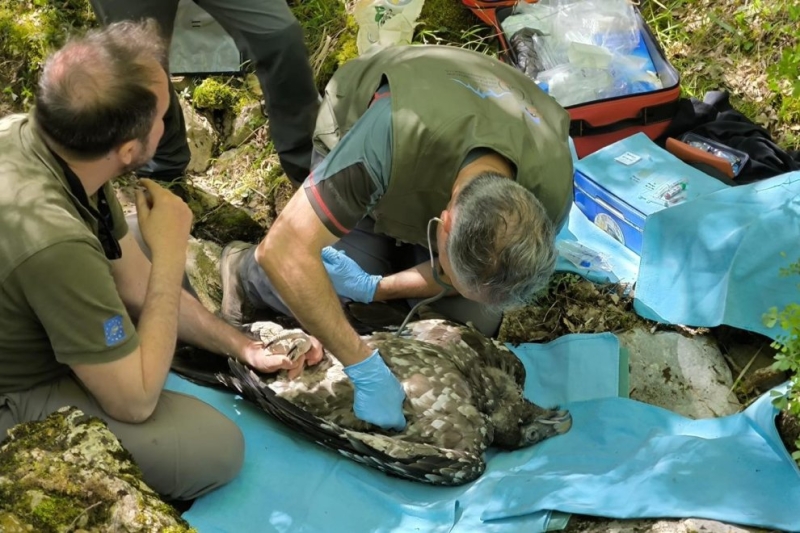
Environmental agents of the Junta de Castilla y León and the Government of Aragón have monitored the breeding pair, with the collaboration of technicians from the Foundation for the Conservation of the Bearded Vulture. The chick’s name is Moncayo .
The Bearded Vulture returns to the Iberian System and does so from Soria. The Junta de Castilla y León has confirmed the birth of a bearded vulture(Gypaetus barbatus) chick in the wild in the Moncayo region of Soria, a historic event that marks the return of this emblematic bird to the Iberian System after more than a hundred years of absence.
The follow-up of the breeding pair has been fundamental for the outcome. Environmental agents of the Territorial Service of Environment of the Junta in the province of Soria, in collaboration with agents of Nature Protection of the Government of Aragon and technicians of the Foundation for the Conservation of the Bearded Vulture (FCQ) have monitored the incubation of a breeding pair during the entire reproductive period. According to the Board, this coordination between entities and administrations has been key to ensure the tranquility of the environment and the success of the reproductive process.
This is not the first time that a bearded vulture chick is born in Moncayo, but so far without good results. In 2020 there was the first attempt of reproduction of a breeding pair in the Zaragoza part of the Moncayo massif, without success. The couple tried again in 2021, this time on the Soria side, and again the attempt was unsuccessful.
“The birth of this chick in 2025 is a symbol of hope in the recolonization of the population of the species throughout the Iberian system being very common sighting and permanence of specimens of bearded vultures throughout this mountain range, from the Moncayo massif itself to the Sierras de Urbión and Cebollera (Soria – La Rioja), “say the experts.
The monitoring of the reproductive success of the pair has been carried out by environmental agents since December, which is composed of an adult male, unmarked, and the female Ezka, who is ten years old after being marked in 2015 as a chick in the Roncal Valley (Navarra). Egg hatching occurred in mid-February.
During the monitoring, the chick was successfully captured for identification, tagged and fitted with a GPS transmitter . This was a delicate operation carried out by FCQ technicians with the essential collaboration of the Grupo de Intervenciones en Altura of the environmental agents of Soria. The operation was monitored and assisted at all times by a veterinarian, who corroborated the good physical and sanitary condition of the chicken and proceeded to obtain morphometric measurements and body weight, as well as taking biological samples.
This type of marking allows information of the highest scientific value to be obtained on dispersal movements after abandoning the nest, habitat selection and feeding areas or interactions with other populations and possible mortality risks, among other aspects. This technology will make it possible to follow the evolution of the young bearded vulture in real time, which will help to improve conservation strategies and anticipate possible threats.
This chicken has been given the name Moncayo as a symbol of a territory shared by Castilla y León and Aragón. In a very short time it will cross the summits of this mythical mountain that is expected to be soon declared Natural Park in its Soria side, as it is already in Aragon.
On the Iberian population of the bearded vulture
The bearded vulture (Gypaetus barbatus) is a necrophagous species specialized infeeding on the skeletal remains of domestic and wild ungulates. It is on the European Red List of Threatened Species, classified as Vulnerable and Endangered according to the Spanish Catalogue of Threatened Species.
It suffered an important regression throughout its historical distribution area, which led to its populations being relegated only to the central part of the Pyrenees. At present, the breeding population in the Pyrenees is the largest in the European Union and has spread to other parts of the Peninsula, with breeding units in Picos de Europa, in the Betic System (Andalusia and Castilla-La Mancha) and in the Basque Mountains, in addition to the Iberian system (Moncayo and Urbión-Cebollera).
This reproductive success consolidates the Iberian System as an ecological corridor between the different populations, favoring genetic exchange and the natural expansion of the species.
The Junta de Castilla y León, committed to the recovery of the species in our community, is actively participating in the reintroduction of the species in Picos de Europa and in the Sierra de Gredos. Thus, last May I carried out the release of new specimens in Gredos, in collaboration with the Foundation for the Conservation of the Bearded Vulture (FCQ), which were born in the Center for Breeding in Human Isolation (CRIAH) and were transferred from the National Park of Ordesa and Monte Perdido (Huesca) to the regional park Sierra de Gredos (Ávila).
Source:
